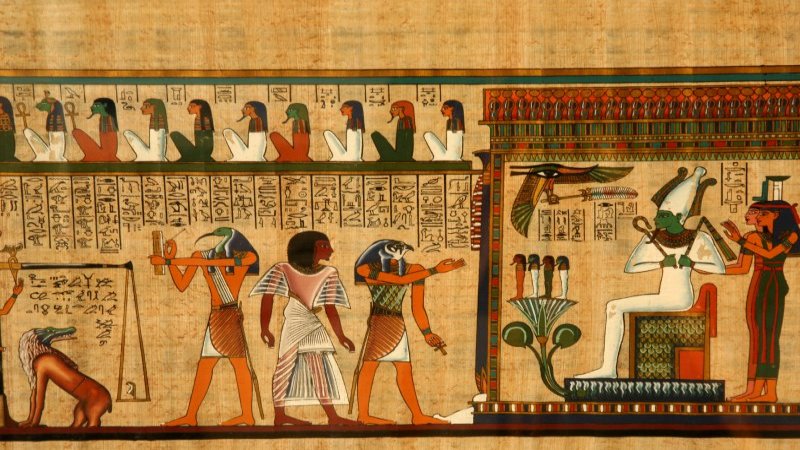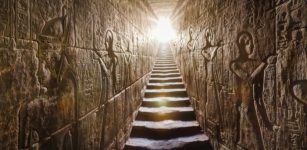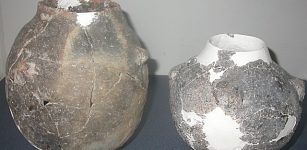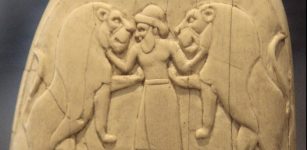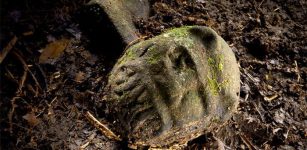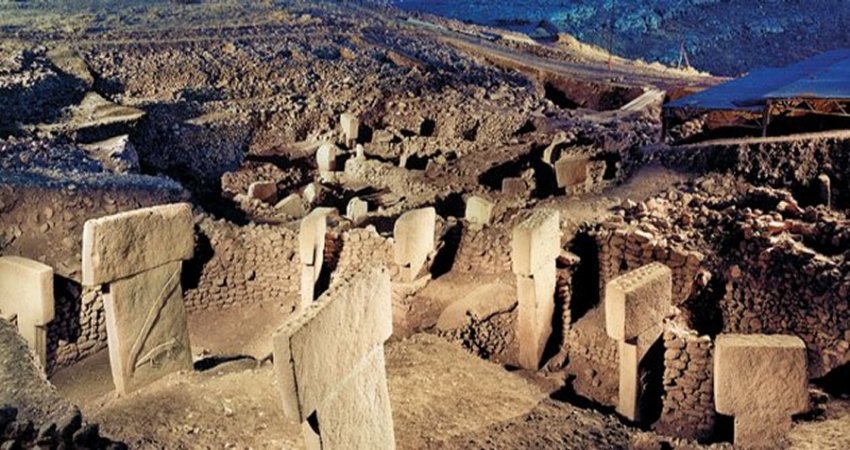Mysterious Ancient Remains Of The Lady In The Well – An Archaeological Detective Story
Conny Waters – MessageToEagle.com – For some unknown reason, a woman crossed at least 2,000 miles (3,200 km) about 4,000 years ago. We may never know what prompted the decision to start this long and dangerous journey.

West Asia, which includes Anatolia, the Northern Levant, and the Southern Caucasus, is seen in this partial map. The orange marker shows the route from Central Asia. (Max Planck-Harvard Research Center / via Reuters)
Was she dreaming of a better life? Was she forced to travel to a new and unknown land because she was a slave or did she perhaps go willingly because she had been married to a foreigner?
These are questions archaeologists cannot answer at this moment. What is know is that her life ended sadly. Her remains have been found in a well and her body shows signs of multiple injuries.

Studies of these ancient remains help scientists to learn more about how people and ideas circulated through the region.
While trying to shed more light on ancient migration, scientists discovered the skeletons of a woman whom they dubbed the Lady in the Well in the ancient city of Alalakh in southern Turkey.
Her bones were found among 110 skeletal remains of people who lived in a region of blossoming civilization running from Turkey through Iran between 7,500 and 3,000 years ago.
“The international team of researchers showed populations from Anatolia and the Caucasus started genetically mixing around 6,500 B.C. and that small migration events from Mesopotamia 4,000 years ago brought more genetic mixture to the region. DNA from the lone ancient woman revealed proof of long-distance migration during the late Bronze age about 4,000 years ago from Central Asia to the Mediterranean Coast,” Daily Sabah reports.
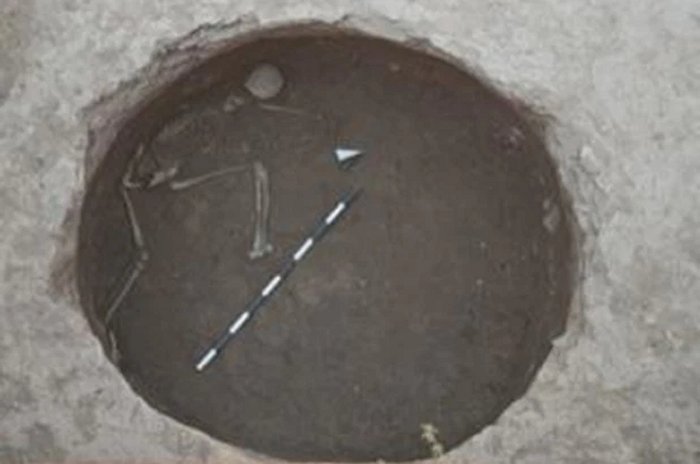
DNA from the remains of the ancient woman revealed proof of long-distance migration during the late Bronze age about 4,000 years ago from Central Asia to the Mediterranean Coast. source
In their science paper, researcher state, genome-wide data analyses from 110 ancient Near Eastern individuals spanning the Late Neolithic to Late Bronze Age reveal that 6 th millennium BCE populations of North/Central Anatolia and the Southern Caucasus shared mixed ancestry on a genetic cline that formed during the Neolithic between Western Anatolia and regions in today’s Southern Caucasus/Zagros.
During the Late Chalcolithic and/or the Early Bronze Age, more than half of the Northern Levantine gene pool was replaced, while in the rest of Anatolia and the Southern Caucasus, there was a genetic continuity with only transient gene flow.
Who Was The Lady In The Well?
Scientists are now struggling to understand who and why the woman came to Turkey thousands of years ago and piecing together the events and circumstances surrounding her life and death are almost like an archaeological detective story.

Image source
Researchers have been able to determine the woman came from somewhere in Central Asia. DNA results reveal she died at about 40 to 45 years of age probably between 1625 B.C. and 1511 B.C. Her body bore signs of multiple injuries.
“How and why a woman from Central Asia – or both of her parents – came to Alalakh is unclear,” said Ludwig Maximilian University Munich archaeologist Philipp Stockhammer, co-director of the Max Planck-Harvard Research Center for the Archaeoscience of the Ancient Mediterranean and co-author of the study published in the journal Cell.

What is completely unknown is why the woman left her homeland and her identity is unclear.
“Trader? Slaves? Marriage? What we can say is that genetically this woman is absolutely foreign so that she is not the result of an intercultural marriage,” Stockhammer added. “Therefore, a single woman or a small family came this long distance. The woman is killed. Why? Rape? Hate against foreigners? Robbery? And then her body was disposed in the well.”
The true story of the ‘Lady in the well’ is still shrouded in mystery but her remains can deepen our knowledge of ancient migration throughout the region.
Written by Conny Waters – MessageToEagle.com – AncientPages.com Staff Writer

